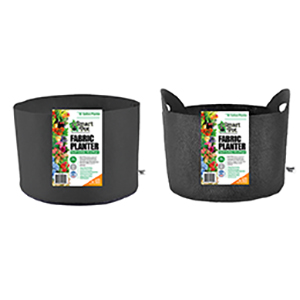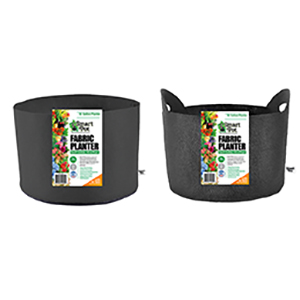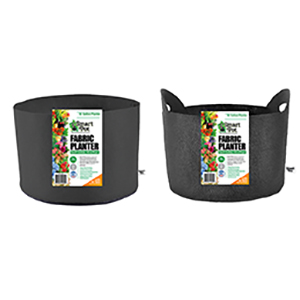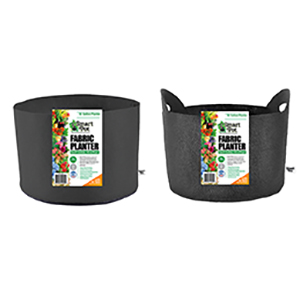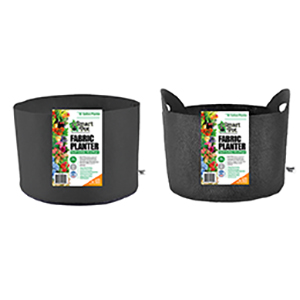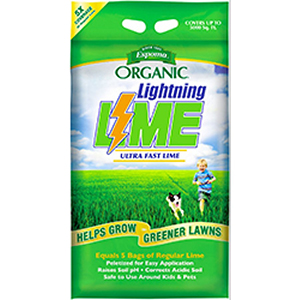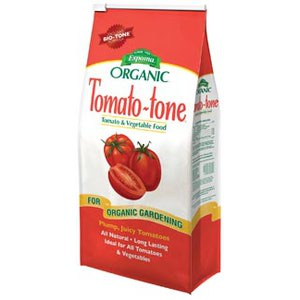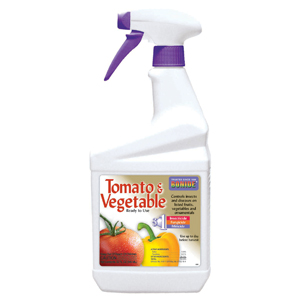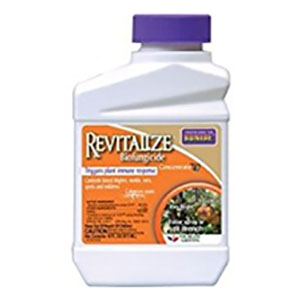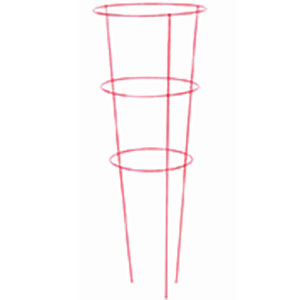There’s
no fruit more popular in the homeowner’s garden than the tomato. That’s right,
folks, it’s a fruit! By botanical standards, it’s a seed-bearing ripened ovary
of a flower. It took the Supreme Court in 1887 to classify the tomato as a
“vegetable,” so it could capitalize on imposing a 10% vegetable import tariff
into New York, which did not apply to fruits.
Besides
our love for the tomato, Italy adores this brightly colored fruit for their
culinary creations that excite our taste buds. For history buffs, it didn’t
start out that way. American colonists feared that eating a tomato was
poisonous and would turn their blood to acid. The origin of the tomato is
traced back to the Aztecs in South America around 700 AD; they considered the
native plant to be an aphrodisiac. Europeans brought tomato seeds to their
continent in the 16th century. While tomatoes were well-established
in Mexico, the tomato didn’t come to the United States from the southern border.
It was transported by European settlers back across the Atlantic. Now that’s
taking the long way home!
Humble Beginnings
What
made the tomato so popular? The Campbell’s Soup Company was the first to
process a condensed tomato soup in 1897. By the turn of the century, they were
able to can the soup and bring its tomato taste to homes across the country. However,
many historians point to America’s Victory Garden initiatives in World Wars I &
II that quickly established the tomato as the gardener’s choice in home grown
freshness. It helped America in hard times from world war and depression. It
brought our country together in a patriotic wave of solidarity and sacrifice to
harvest foods for our troops and our hungry nation.
Many
of us, including myself, didn’t know that the Federal Bureau of Education
recruited children to be “soldiers of the soil” through its U.S. School Garden
Army (USSGA). More than 5 million gardens were cultivated by 1918. By the end
of World War II, there were more than 20 million gardens that produced almost
half of our nation’s vegetable production for consumption. If our industry
looks back over time to see where our love for the garden began, look no
further than our grandparents and parents who lived with less and gave back so
much more.
No Garden Plot, No Problem
Whether
you have a garden in your yard or not, many techniques and products allow you
to grow tomatoes from the comfort of your patio, deck or apartment loft.
Novelty purchased EarthBox from its creators a few years back and continues to
sell huge amounts of this patented container system to the public. These boxes were
designed by farmers and lab tested to maximize deep rooting of plants, while
providing a fool proof way to grow vegetables, herbs, and tomatoes, even
indoors! A few years back, the Topsy Turvy tomato planter saw a wonderful
uptick in selling a new concept for small-space gardening with varied results
in growing a tomato plant upside-down. It proved to be just what the public
wanted, another new product for tomatoes that claims great results. Here today,
gone tomorrow, we now have Smart Pots in many sizes that can be used to grow
tomatoes inverted.
The Secret Sauce for
Success
Everyone
looks to grow the best tasting, highest yielding, most disease-resistant tomato
they possibly can. I’m convinced that’s why the public keeps coming back for
more. From organics to fertilizers, tomatoes can benefit both from pampering
and in some cases neglect (with good soil and conditions). While the soil holds
much of the impending success for organic nutrients, the newer soil amendments
like Coast of Maine Lobster Compost offers lots of calcium uptake to prevent
blossom end rot, a common malady of the tomato plant. Neptune’s Harvest
recently added a unique Tomato & Vegetable Formula (2-4-2) to their popular
liquid organic fertilizers to add more explosive ingredients like seaweed,
molassas, humic acid and yucca extract to its core ingredients of ocean fish
and seaweed. No doubt, the most widely sold fertilizer comes from Espoma with
their popular Tomato-tone (3-4-6) which is enhanced with 8% calcium and
Bio-Tone to deter blossom end rot.


